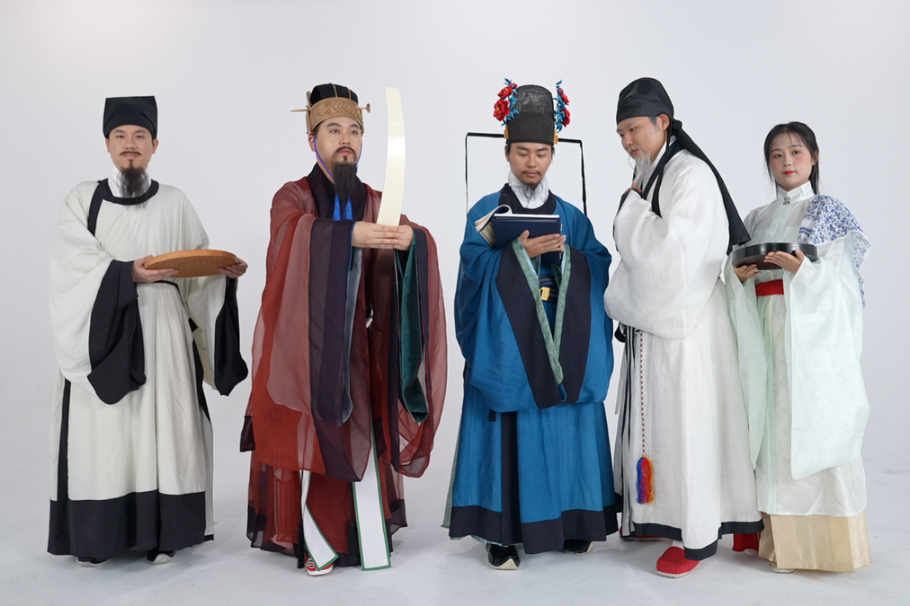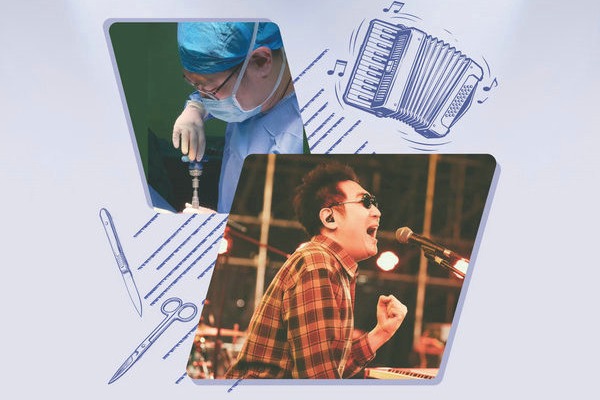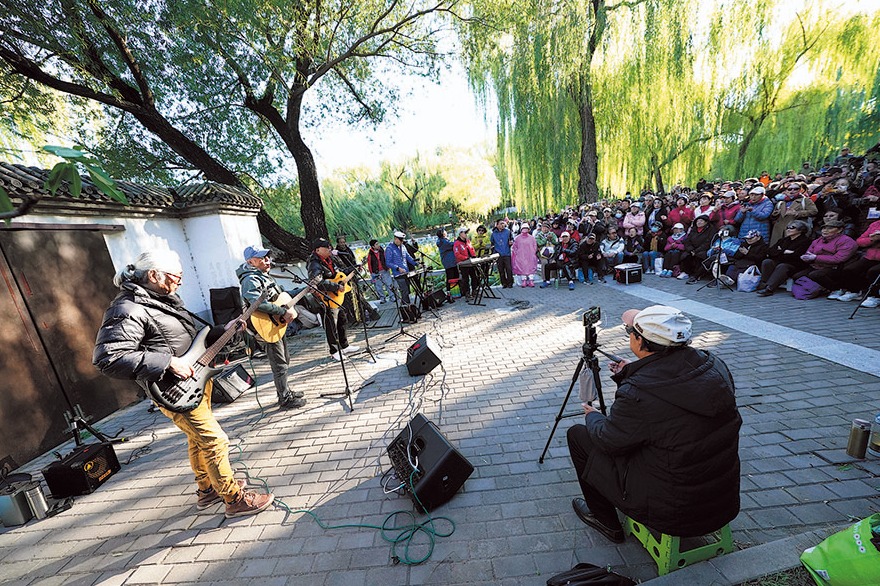Advanced technique helping research

Thanks to an advanced microscopy technique, scientists can now see what the coronavirus looks like at nanoscale and in 3D-swinging spike proteins like tentacles protrude from the virus surface to grab a human cell; RNA strands are tightly intertwined with proteins in the virus core.
The intricate structure is based on images captured on the cryo-EM facility at Tsinghua University. The facility has become a competitive
edge for Chinese researchers, helping them reach new frontiers in structural biology, cell biology, virology and medicine. It is part of Tsinghua University Branch of China National Center for Protein Sciences (Beijing).
Cryo-EM, short for cryogenic electron microscopy, uses extremely cold temperatures and electron beams to illuminate and reveal the detailed architecture of biological macromolecules, viruses and proteins at near-atomic resolutions. The new tool has distinct advantages over older techniques. X-ray crystallography, for instance, needs to crystallize the sample. But many macromolecules like complex proteins are hard to crystallize, and much valuable information is lost during the process.
Cryo-EM uses liquid nitrogen to flash-freeze the samples, fixing proteins in thin films of glassy ice. Then, an electron microscope takes many 2D shots of the proteins randomly. Image-processing algorithms assemble the shots to reveal the 3D structure.
For scientists, such structures are useful for uncovering how viruses orchestrate attacks against human cells, how disease occurs and how vaccines or drugs interact with the viruses. It has become a game-changing technology in many research areas.
In 2009, Asia's first cryo-EM was installed at Tsinghua University. In the same year, Wang Hongwei got an offer to become a tenure-track assistant professor at Yale University and have his own lab team. Later that year, Wang got an invitation from well-known Chinese biophysicist Shi Yigong and his PhD supervisor, Sui Senfang, to build a cryo-EM facility at Tsinghua.
"A world-class cryo-EM center. That was tempting, a once-in-a-lifetime opportunity," Wang says.
In 2011, Wang returned to Tsinghua, recruiting, hiring and starting from scratch. In 2014, the cryo-EM facility was almost in place, and Wang's efforts were paying off. Cryo-EM technology had advanced in efficiency and accuracy with breakthroughs from hardware to software, emerging as a pioneering research technique.
Today, the cryo-EM facility at Tsinghua houses more than 10 sets of cryo-EM equipment, including four 300 kilovolt high-end cryo-EM, priced at up to nearly $7 million each.
With the facility, groundbreaking research findings are published in journals like Science, Nature and Cell every year.
"For the past 10 years, what I've got is far beyond expectations," says Wang.
The facility has provided services for scientific research teams from countries including the United States, Britain, Japan and Singapore, says Wang.
"Almost every year, Tsinghua organizes one or two global technical training courses or academic exchanges. Through our training courses and academic conferences, the attendees get a better understanding of cryo-EM, laying a good foundation for building and maintaining their own facilities," says Wang.
Li Xiaomin, a staff member of the Tsinghua cryo-EM facility, says one perk of her work is being among the first people to see the intricate structure inside the building blocks of life, and she is more excited to help scientists to make more discoveries.




































